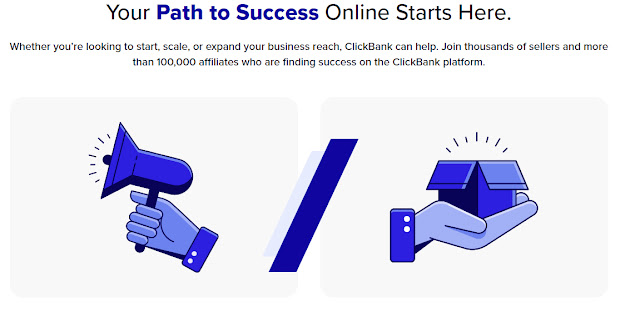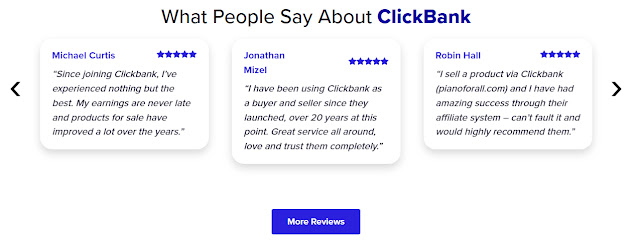- Get link
- X
- Other Apps
Affiliate marketing has emerged as an immensely popular way to rake in some dough online, and the creation of a website is a crucial cog in the wheel of a successful affiliate marketing strategy. In this article, we will navigate you through the murky waters of how to create a website for affiliate marketing from scratch, with a focus on high perplexity and burstiness.
Choose a Niche
The first step to
fashioning an affiliate marketing website is selecting a niche that sets your
soul ablaze. It is important to zero in on a niche that is lucrative, has ample
demand, and is not overly saturated. To scout for the ideal niche, you can make
use of tools such as Google Trends, Amazon Best Sellers, and social media to
conduct thorough research and analyze the market with utmost diligence.
Research Affiliate Programs
Once you've
settled on a niche, delve into the vast ocean of affiliate programs that cater
to your niche. Keep a sharp eye out for affiliate programs that offer bountiful
commissions, and top-notch products, and possess an unblemished reputation. You
can sift through affiliate programs through affiliate networks such as ClickBank, ShareASale, and Commission
Junction.
Select a Domain Name
A domain name is
the digital embodiment of your website, and it is crucial to settle on a domain
name that is relevant to your niche and easy to remember. You can purchase a
domain name from domain registrars such as GoDaddy or Namecheap, and exercise
meticulous discretion while making this decision.
Choose a Web Hosting Provider
Web hosting is the
nucleus of where your website is stored on the vast expanse of the internet,
and it is imperative to opt for a dependable web hosting provider that offers
top-notch uptime, security, and customer support. Some of the popular web
hosting providers in the market are Bluehost, HostGator, and SiteGround.
Install WordPress
WordPress is an immensely popular content
management system that is both pliable and SEO-friendly. The majority of web
hosting providers offer a one-click installation of WordPress, and you can
customize your website with a panoply of themes and plugins.
Customize Your Website
After installing
WordPress, it's time to put your creative hat on and give your website a
distinctive touch. Opt for a theme that is responsive, mobile-friendly, and in
sync with your niche. Additionally, install plugins that enhance the
functionality of your website, such as SEO plugins, social media plugins, and
email marketing plugins.
Create Content
Creating top-shelf
content is the bedrock of driving traffic to your website and promoting your
affiliate products. Create blog posts, reviews, tutorials, and other types of
content that are both informative and engaging for your audience. Utilize
keywords and phrases that are germane to your niche, and optimize your content
for SEO.
Promote Your Website
Promoting your
website is the alpha and omega of driving traffic and generating sales.
Leverage social media, email
marketing, paid advertising, and other marketing channels to publicize your
website and the products you endorse as an affiliate. Forge a connection with
your audience, add value, and maintain complete transparency about your
affiliate marketing.
Track Your Performance
Tracking the
performance of your website is a cardinal step in scrutinizing your traffic,
conversions, and earnings. Utilize tools such as Google Analytics, affiliate
network dashboards, and heatmaps to delve deeper into your data and
optimize your website for better results.
Scale Your Business
As your affiliate
marketing business burgeons, you can expand your niche, add more affiliate
programs, and create more content to take your business to the next level. You
can also outsource tasks such as content creation, social media management, and
SEO to liberate your time and focus on expanding your business.
Conclusion
Creating a website
for affiliate marketing requires careful planning, research, and execution. By
following the steps outlined in this article, you can create a successful
affiliate marketing website that generates traffic, conversions, and revenue.
Remember to choose a profitable niche, research affiliate programs, customize
your website, create quality content, and promote your website. With
persistence, patience, and hard work, you can achieve your affiliate marketing
goals.
Alternative
Reading: How
To Create a Website Free of Cost
Alternative
Reading: How
To Create an eCommerce Website From Scratch
- Get link
- X
- Other Apps



Comments
Post a Comment